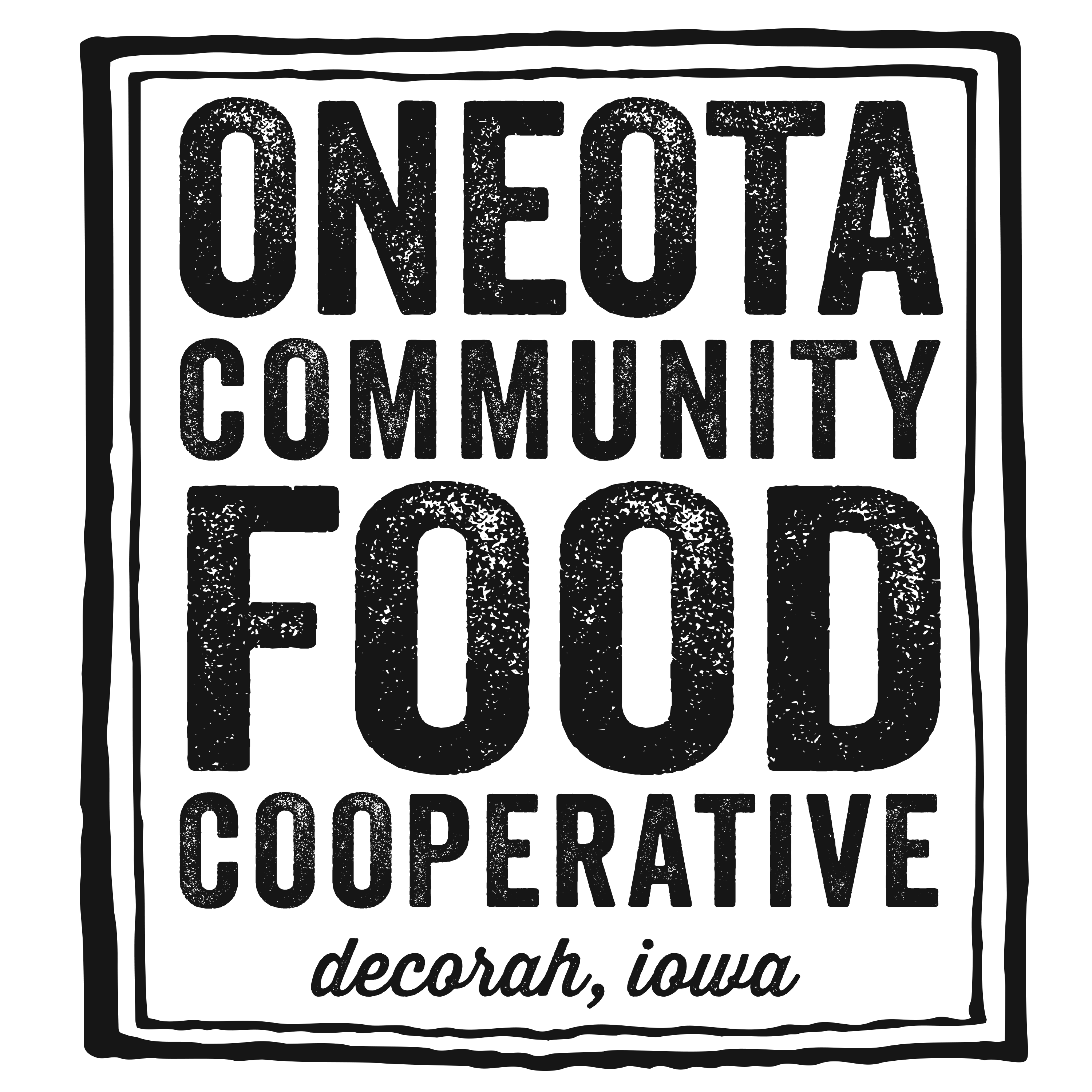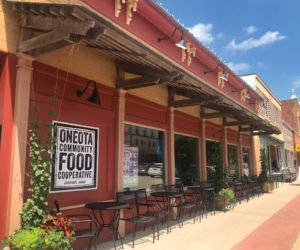Dan Barber’s “The Third Plate” Shows Farm-to-Table Is Not Enough
By: Kurt Michael Friese
America›s greatest living thinker,Wendell Berry, famously said, “Eating is anagricultural act.”Slow Food founder Carlo Petrini taught us to think of ourselves not as consumers but as co-producers. It is, after all, not a food chain that we humans sit atop but a circle in which we are only a part. Thus, being mindful of the impact of our food choices is essential. In fact, it was Petrini who said, “The gastronome who is not also an environmentalist is an idiot. The environmentalist who is not also a gastronome is just sad.”
In his new book, “The Third Plate: Field Notes on the Future of Food,” noted chef and restaurateur Dan Barber is taking these ideas a step further when he schools all us farmto- table eaters that our very successful social movement – call it, broadly, the Local Food Movement – has failed to change how we eat. While we are busily shaking the hand that raised the food and yes, eating in a way that tastes better and is better for the planet, it is still built around an old and rather American idea. The center of our plates is still large pieces of prime cuts of animal protein with two or three small portions of (often uninteresting) vegetables and starches around it. What they call in the South, “Meat-nthree.”
But Barber›s book is no screed against the carnivore. In fact it hones more closely to Berry and Petrini than perhaps even they themselves do, calling for an integrated culinary-agricultural complex of livestock, vegetable and grain production that is literally dictated by what we, as chefs and home cooks alike, choose to make for dinner.
This idea, which he calls “the third plate” (common industrial food and/or modern “local food” are first and second plates), while it is quite different from the way we grow and eat in America today, is not as radical as it may seem. As he points out in his introduction, “Fixtures of agribusiness such as five-thousand-acre grain monocultures and bloated animal feedlots are no more the future of farming than eighteenth-century factories billowing black smoke are the future of manufacturing.” Barber then provides many examples of success, in history and the present, throughout a book divided into four parts: Soil, Land, Sea, and Seed.
Perhaps the best of these examples would be familiar to any of those who have followed Chef Barber through his career as owner of “Blue Hill in Manhattan” and “Blue Hill at Stone Barns” in Pocantico Hills, New York, or especially his very well received TEDTalks on the subject. In one of those talks and in the book he introduces us to Eduardo Sousa, who produces some of the world›s best fois gras in the Extremadura province of Spain. Actually, Eduardo does not exactly produce it, he allows it to happen.
That image you likely have in your head about foie, that it is the result of unspeakably cruel force-feeding of ducks and geese, is not what occurs with what Eduardo refers to as his “bonitas,” or his “lovelies.” Instead Eduardo, like his father and grandfather before him, simply cares for the land that provides what the geese want, and they fatten themselves, in harmony with nature.
We chefs are schooled early on about how to judge quality in ingredients, and especially with the “fancy stuff,” such as truffles, caviar and foie gras, there are codes and grades that seem set in stone. With the foie, the more yellow it is the better, we are taught. Never mind that Eduardo’s paler goose livers, which have feasted on fallen olives, acorns, and very healthy grasses, taste and feel demonstrably better. The “A++” rating goes to the yellow livers that get that color by being force-fed pound upon pound of corn.
Eduardo›s geese get to live their happy lives in harmony with a complete ecosystem,
one that also produces those olives and acorns, but also cork, wool, and the worldfamous
Jamón Ibérico. And each of these products depends on the other ones. When our cooking and eating choices join into that virtuous cycle, only then are we eating from Barber›s “Third Plate.”
Idealistic? Of course. But what worthy goal is not idealistic? Just as is true with the local food movement, with farm-to-table dining – call it what you will – each little step in the right direction makes a difference, and those little steps taken together form the first leg of the journey toward a better cuisine, healthier, happier eaters, and a truly sustainable food system.



